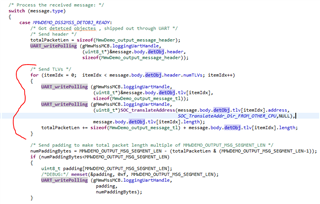Other Parts Discussed in Thread: MMWAVEICBOOST
Hi!
I'm using the IWR6843AOPEVM mmWave sensor in conjunction with the MMWAVEICBOOST carrier board. I'm trying to output heart rate and respiration rate from the Vital Signs demo to an LCD display using SPI. The display I have purchased is a HiLetgo ILI9225, and I currently have it connected to the carrier board with jumper cables.
I'm struggling to find all of the necessary drivers, and I'm not entirely sure how to run the demo in conjunction with the display. What is the best course of action to make this work? Are there any drivers you can provide for this display or another display that would work with our current setup?
Thanks for the help!
Matt



